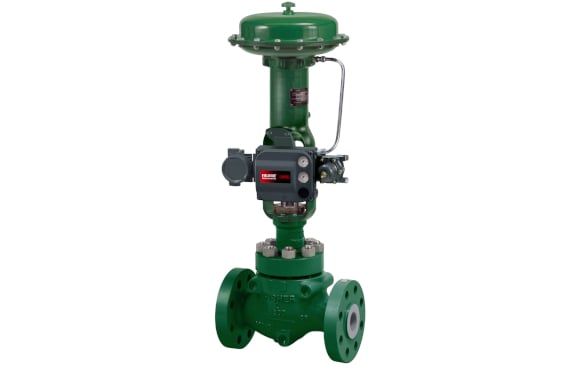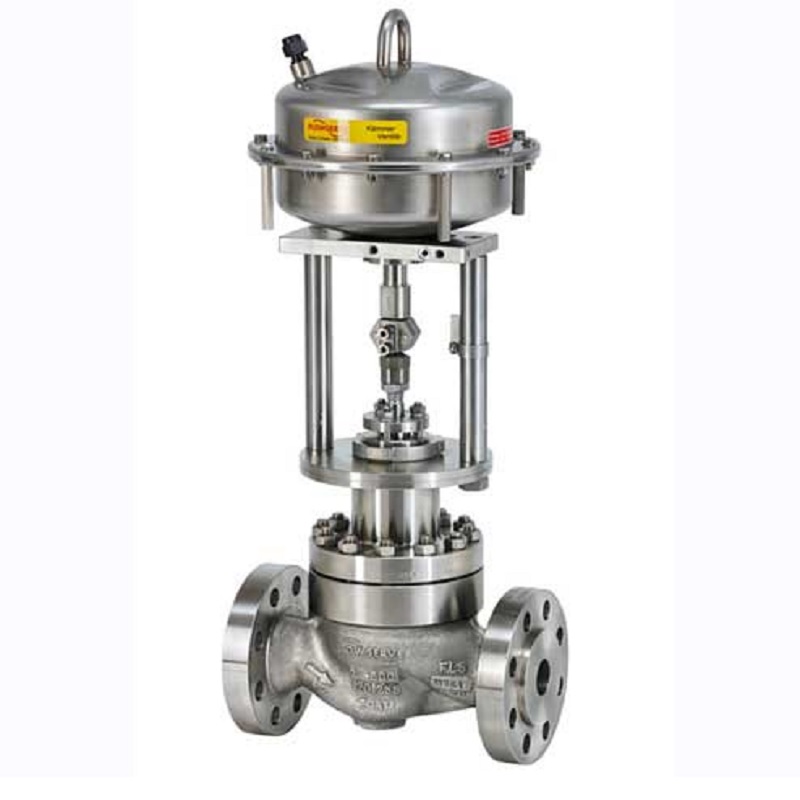Exploring the Capability of Modern Control Valves in Industrial Applications
Exploring the Capability of Modern Control Valves in Industrial Applications
Blog Article
Achieve Seamless Combination and Control With Top Quality Building Automation Controls
In the world of contemporary structure monitoring, the value of quality structure automation controls can not be overstated. Welcoming quality structure automation controls is not simply an issue of benefit yet a strategic necessary for companies aiming to maximize their centers' efficiency and sustainability.

Development of Structure Automation Controls
Throughout the past few years, the advancement of building automation controls has substantially transformed the means structures are managed and operated. Developing automation systems primarily focused on standard features such as regulating air, ventilation, and home heating conditioning (HVAC) systems. As technology progressed, these controls have actually come to be more advanced, permitting for a broader range of structure systems to be incorporated and taken care of centrally.
The advancement of building automation controls has actually seen a shift in the direction of even more smart systems that can adjust to transforming conditions in real-time. This flexibility is essential for maximizing energy performance and ensuring passenger convenience. In addition, modern-day structure automation controls now use functions such as predictive maintenance, remote tracking, and data analytics, allowing facility managers to make data-driven choices to improve building performance.

Benefits of High Quality Combination
The advancement in building automation regulates towards more smart systems has emphasized the significant benefits of top quality assimilation in optimizing building operations and boosting total efficiency. Quality combination of building automation controls provides numerous essential advantages. Firstly, it results in enhanced energy efficiency by allowing different systems to interact perfectly, ensuring optimum efficiency and lowering energy waste. Quality combination improves resident convenience and performance by making it possible for personalized control over ecological settings like lighting, air, and temperature quality. This personalization can lead to a more favorable and comfy working or living setting. Additionally, quality integration streamlines upkeep and fixing processes, as all systems are interconnected and can be monitored and regulated from a centralized user interface. This centralized control likewise provides better presence and understandings right into building efficiency, allowing positive maintenance and optimization methods. Overall, the advantages of top quality integration in structure automation controls are indisputable, supplying enhanced performance, comfort, and operational efficiency.
Improved Individual Experience and Access
Enhancing customer communication with structure automation controls through instinctive design and enhanced access raises the overall experience for owners and facility supervisors alike. By concentrating on individual experience, building automation systems can end up being much more reliable and straightforward. Instinctive interfaces, clear navigating, and adjustable settings encourage individuals to interact with the controls conveniently and successfully.
Availability features play an essential duty in making certain that all individuals, consisting of those with disabilities, can make use of the building automation regulates with ease. Including attributes such as voice commands, responsive switches, and color-contrasted displays can improve availability and make the controls more inclusive.
Furthermore, enhanced user experience causes greater user satisfaction, boosted productivity, and much better decision-making. Owners can change ecological setups according to their choices, while facility supervisors can successfully keep an eye on and handle structure systems - control valves. On the whole, prioritizing individual experience and access in structure automation controls contributes to a much more smooth and productive building atmosphere for all stakeholders involved
Sustainable Practices With Automation

In addition, automation can assist in the integration of sustainable power sources such as solar panels or wind generators right into building operations. With automation, buildings can line up with modern-day sustainability objectives and contribute to a greener future.
Future Trends in Structure Control Equipment
One prominent pattern forming the future of structure control systems is the look at this web-site enhanced assimilation of Artificial Knowledge (AI) and maker learning. In addition, the Web of Things (IoT) is revolutionizing building control systems by linking tools and sensors to enhance and enhance procedures effectiveness.
An additional crucial trend is the focus on cybersecurity actions to safeguard versus possible risks to building automation systems. As structures end up being more interconnected, ensuring robust cybersecurity procedures will certainly be important to secure sensitive information and avoid unapproved accessibility.
Furthermore, the change in the direction of cloud-based platforms is getting momentum, enabling systematized control and remote access to building systems. This facilitates less complicated tracking, maintenance, and updates, improving the overall performance and versatility of building control systems. As innovation remains to advance, these trends are expected to shape the future landscape of building automation controls, driving development and sustainability in the built atmosphere.
Conclusion
In conclusion, building automation controls have progressed substantially, providing numerous benefits such as improved customer experience, ease of access, and lasting methods. Quality combination plays a crucial role in attaining seamless control and reliable operation of building systems. Future patterns in building control systems are likely to concentrate on more boosting automation capacities for improved power effectiveness and overall performance. It is vital for structure proprietors and operators to focus on the adoption of top quality building automation manages to optimize building operations and attain long-lasting sustainability goals.
In the world of modern structure monitoring, the relevance of quality building automation controls can not be overstated. In general, the evolution of building automation regulates continues to drive innovation in the structure monitoring sector, supplying brand-new opportunities for producing smarter and a lot more lasting structures.
The innovation in building automation controls towards more smart systems has actually highlighted the substantial benefits of quality integration in optimizing structure procedures and enhancing total efficiency. Overall, prioritizing individual experience and access in structure automation controls adds to a much more smooth and productive building environment for all stakeholders entailed.
It is essential for structure proprietors and operators to focus on the adoption of quality building automation controls to optimize click this link building procedures and accomplish lasting sustainability objectives. - control valves
Report this page